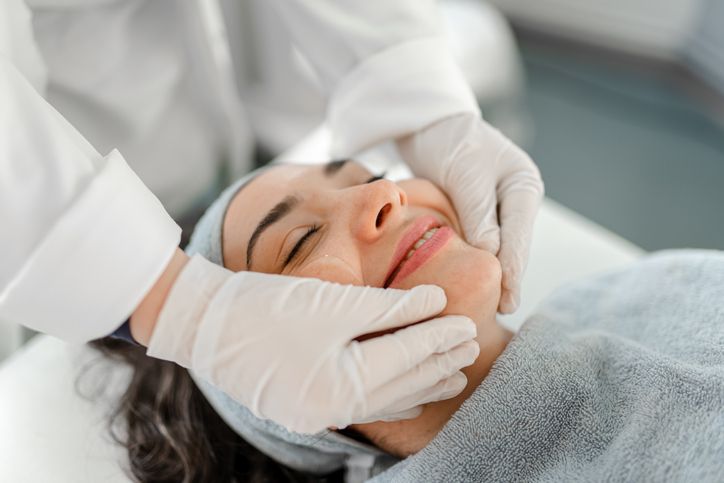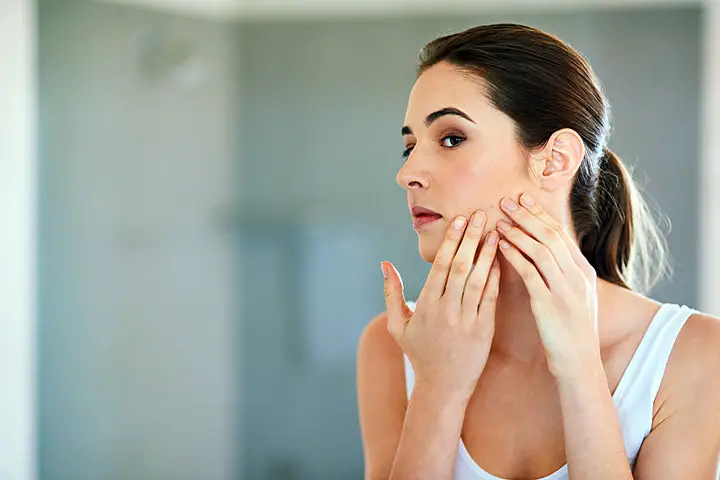Recognizing Folliculitis on Arms: Essential Insights
As a beautician, understanding the nuances of different skin conditions is crucial to addressing client needs effectively. One such condition that demands attention is folliculitis, especially when it appears on the arms.
Folliculitis can often be mistakenly identified as acne, which is why it's essential to have a clear understanding of how to spot this condition. In this article, we delve into the world of folliculitis, exploring its unique characteristics on the arms and offering insights into effective recognition and management strategies.

Understanding Folliculitis: A Beautician's Guide
At its core, folliculitis is an inflammation of hair follicles, often resulting in red bumps or white-headed pimples around hair follicles. These can appear on any part of the body that has hair, but the arms are a common area of manifestation.
For beauticians, distinguishing folliculitis from acne can be tricky. Here's where expertise and eye for detail come into play. Folliculitis typically involves a mix of small white pimples and redness surrounding hair follicles.
Causes Behind Folliculitis on Arms
Understanding the causes can significantly aid recognition and treatment. Most folliculitis cases are driven by bacterial infections, commonly Staphylococcus aureus. Other causes include yeast infections, viral infections, and even non-infectious triggers such as shaving or tight clothing.
For individuals who frequent salons or spas, particularly where hot tubs or swim areas are available, there's a risk for developing what's known as 'hot tub folliculitis'. Awareness of such triggers is key to both prevention and diagnosis.
Symptoms to Observe
When examining the arms for potential folliculitis, beauticians should look for:
- Clusters of pimples or pustules around hair follicles.
- Red, inflamed skin.
- Itching or a burning sensation on the skin.
- Pus-filled blisters that sometimes break open and crust over.
Recognizing such symptoms early can lead to better outcomes, preventing potential scarring or further infection.
Practical Steps for Beauticians: Recognizing and Advising
The role of a beautician extends beyond mere recognition. Advising clients based on their specific skin condition is essential. After identifying the presence of folliculitis:
Professional Recommendations
- Advise keeping the affected area clean and dry.
- Suggest avoiding shaving or waxing the affected area until it clears up.
- Recommend gentle, non-comedogenic skin products to avoid pore blockage.
- Highlight the importance of wearing loose-fitting clothing to reduce friction and allow the skin to breathe.
Explore at-home diagnostic methods for clients, empowering them to identify symptoms early.
When to Encourage Medical Advice
Although folliculitis is generally manageable, there are scenarios where medical guidance becomes vital. Beauticians should know when to advise clients to seek a dermatologist:
- If the condition doesn't improve with home care.
- When the infection spreads or becomes more severe.
- If there are signs of fever or systemic infection.
Here's an informative resource on when medical intervention is necessary.
The Expert Perspective
Gaining deeper insights from experts can be beneficial. Several dermatologists suggest focusing on the type of folliculitis, understanding the cause, and tailoring treatments accordingly. For instance, for bacterial folliculitis, topical or oral antibiotics may be prescribed. For fungal cases, antifungal treatments are more appropriate.
The Healthline website offers an extensive repository of medical explanations and treatment options that beauticians can consult.
Maintaining Client Trust Through Knowledge
In the beauty industry, knowledge translates to trust. By effectively recognizing and advising on folliculitis, beauticians can cement their position as trusted experts. This not only enhances client satisfaction but also assures clients that they are in knowledgeable hands.

FAQs on Folliculitis Recognition
What does folliculitis look like on arms?
It often presents as red, inflamed bumps or pimples around hair follicles, which may become itchy or painful.
Can folliculitis spread to other body parts?
Yes, especially if left untreated or if the affected area is frequently touched or scratched.
Is folliculitis contagious?
Folliculitis caused by bacteria or fungi can be contagious, especially with direct skin-to-skin contact or sharing personal items like towels.
For an in-depth understanding and to explore more about this condition, consider visiting Skinsight's guide on folliculitis.

